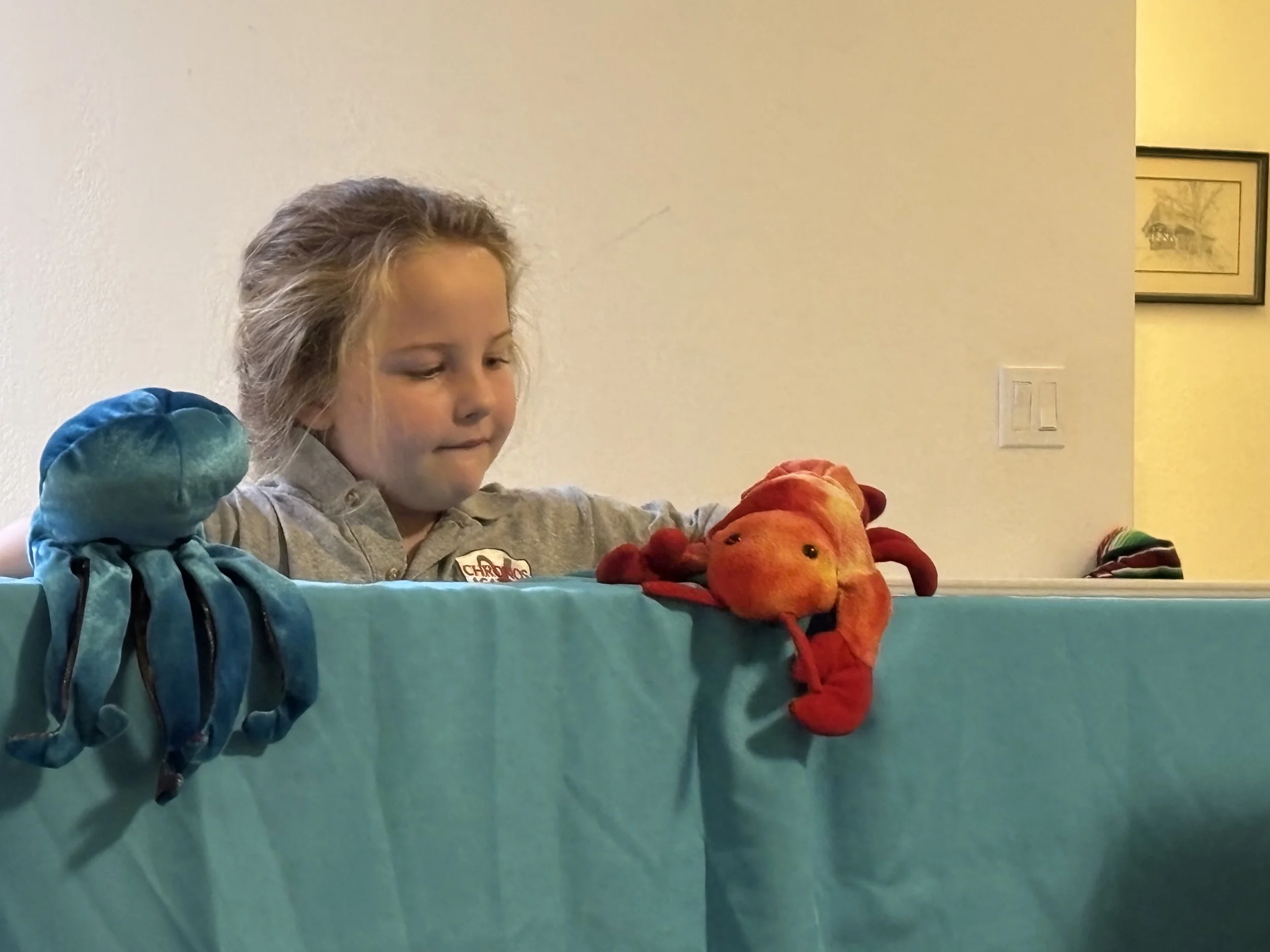Giving Time for Creative Flow
/I started playing piano at age five, but stopped taking lessons around age 12 when I got busy with other activities. But when I was plagued with the stresses of high school, I picked it back up on my own. I played the piano regularly, sightreading familiar songs, tuning out the world around me, forgetting about homework and friend drama, and completely losing track of time. I claimed it was my own form of therapy, and research shows it was. Though I didn’t know it yet, I was experiencing a flow state.
Flow is a state of consciousness of absolute absorption in an activity. Experts say regular experiences of flow state are incredibly beneficial. People who regularly experience a flow state of consciousness are less susceptible to depression, experience growth and a sense of purpose in life. Mihaly Csikszentmihalyi coined the term Flow in his research in 1970. Almost any activity can lead to a flow state: creating art, music, swimming, playing chess, studying, even video games; they tend to have some or all of these components:
1. It’s a challenging activity that requires skills
2. Ability to concentrate
3. Clear goals
4. Immediate feedback
5. Free from worry
6. Control or Choice
7. Loss of Self-consciousness
8. Participant loses track of time
After a back injury ended her career, former dancer Julia Christensen searched for other ways to experience flow state she regularly encountered while practicing and performing. She discovered that drawing dancers gave her a similar state of consciousness. She became a neuroscientist, and her research shows the benefits of flow state on one’s mental health. She advises finding activities that trigger flow state and suggests rituals to create a sense of control and reinforce a mindset that leads to flow more often. It’s a skill that’s truly transformative.
As a school administrator, my goal is to help students enter a flow state during learning activities both for enjoyment and so that they can work at the edge of their potential. There are several factors to make a learning activity flow-friendly. It should be challenging enough to stimulate their high achieving brains but not so challenging that it doesn’t feel doable. It should honor a student’s need for autonomy and provide some choice within the parameters of the learning outcome, which should be clearly communicated to the student. The environment should feel safe and comfortable so the child doesn’t feel self-conscious, worried or distracted. And there’s time for encouragement and celebration from a teacher and peers.
At Chronos Academy, classwork is challenging enough so no one finds it boring, but scalable so they’re approachable. Students have some choice everyday like which math topic to tackle, what topic to research for their weekly presentation, and which learning challenge to master. Tutorial hour and Free-build is built into the daily schedule to promote long periods of uninterrupted creativity. Of course there are factors beyond a teacher’s control, and every child is different, but when the whole class enters a state of creative flow, it’s wonderful!
For people of all ages and all intellectual abilities, establishing a lifestyle of regular bouts of Creative Flow is ideal! Parents certainly benefit from uninterrupted productivity daily; besides a break from care-taking, it gives them a sense of purpose and a feeling of accomplishment. As a new mom, I considered teaching a break because someone else was caring for my little ones. And I regularly found myself engrossed in long projects like sewing super hero capes for a birthday party, organizing the hall closet, or crocheting Christmas gifts for extended family! My husband often took over the bedtime routine, so I could complete my marathon task to my satisfaction.
We parents can also build Flow into our children’s routines. The easiest way for children to enter a state of Flow is child-directed play. In the right circumstances, children become engrossed for hours in a pretend world they’ve created alone or with peers. My children make stuffed animal zoos, sea creature puppet shows, stop motion videos, GarageBand songs and Minecraft worlds. Sometimes I bait them with a challenge, and often they come up with their own ideas.
In child-directed play, parents often take a backseat. It’s imperative that parents are relaxed and allow time and space for independent play. Parents stop what they’re doing and play along and enjoy it. The Australian TV series Bluey is a case study in this child-directed play and a healthy balance of parent involvement. We’ve learned a lot from the Heeler family, and we’ve incorporated “Keepy Uppy,” “Toilet Tag,” “Shadowlands” and “Dance Mode” into our family game repertoire.
According to Mihaly Csikszentmihalyi, Flow in the family context has five characteristics:
•Clarity: children know what parents expect from them;
•Centering: children know that their parents are interested in what they are doing in the present;
•Choice: children feel that they have a variety of possibilities from which to choose;
•Commitment: trust that allows the child to feel comfortable enough to set aside the shield of defenses and become unself-consciously involved; and
•Challenge: providing increasingly complex opportunities for action.
One of the greatest responsibilities we have as parents is empowering our children to create, perform, learn and play in a Flow State. So chill out, relax, stay home, do your own project and give your child time to flow and grow!









